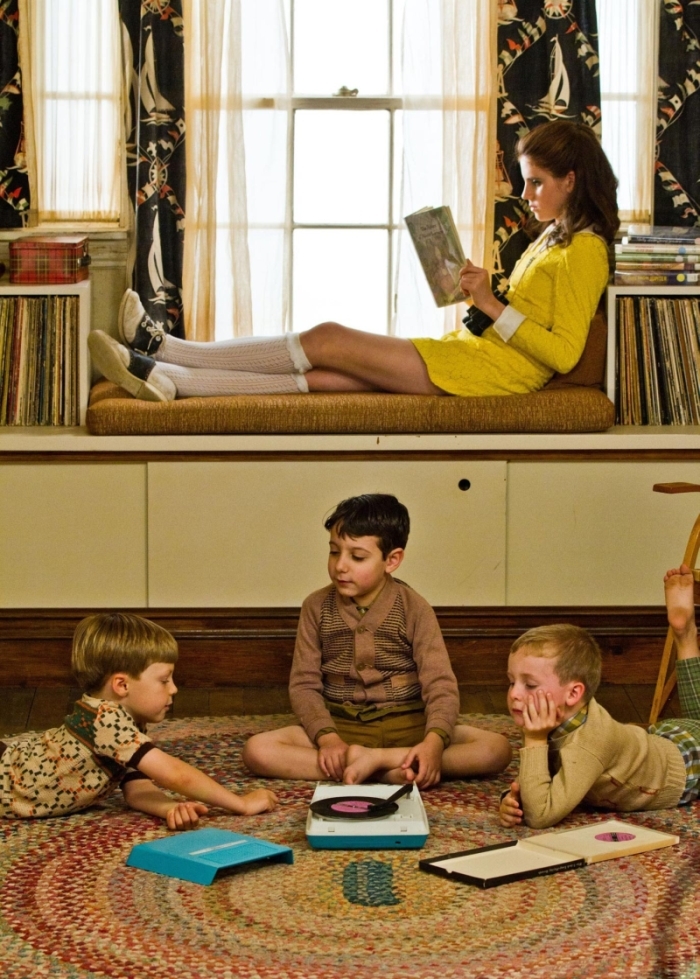Through delightful chromatic sets, absurd adults, and perceptive young characters, Wes Anderson’s films masterfully capture our topsy-turvy, queer world through the eyes of children. Now, a visual essay entitled The Childhood Whimsy of Wes Anderson is attempting to unpack the director’s preoccupation with youth. Analyzing good ole classics like Rushmore, The Royal Tenenbaums, and Moonrise Kingdom, video essayist Philip Brubaker helps us realize how Anderson employs film devices like point-of-view, framing, and dialogue to create precocious kids.
The visual essay is executed in the same off-kilter, dry tone as the dialogue of Anderson characters. “Little girls in Wes Anderson films feel the burden of a developed mind and small stature,” says Brubaker, this statement followed by an unsettling length of Anderson-esque silence before he continues. “Adults never dismiss children’s questions, speak with condescension, or dumb down what they say. This reflects Anderson’s belief that children are perceptive and inherently wise.”
The video illuminates the deep layers to the director’s works, examining how the themes of melancholy, emotional boundaries, responsibility, and bonds can be found in his young characters.
Want some more “Wes Anderson 101” homework? There’s a host of stellar video essays on Anderson to be found on the web. Someone made a montage of the director’s visual references to films, book covers, and classical paintings. Another video points out the stylistic similarities between Stanley Kubrick and Wes Anderson. One last geeky recommendation: a supercut of all the times Anderson has featured the colors red and yellow in his shots.
Watch The Childhood Whimsy of Wes Anderson below:
Credits
Text André-Naquian Wheeler
Screenshot via Vimeo
